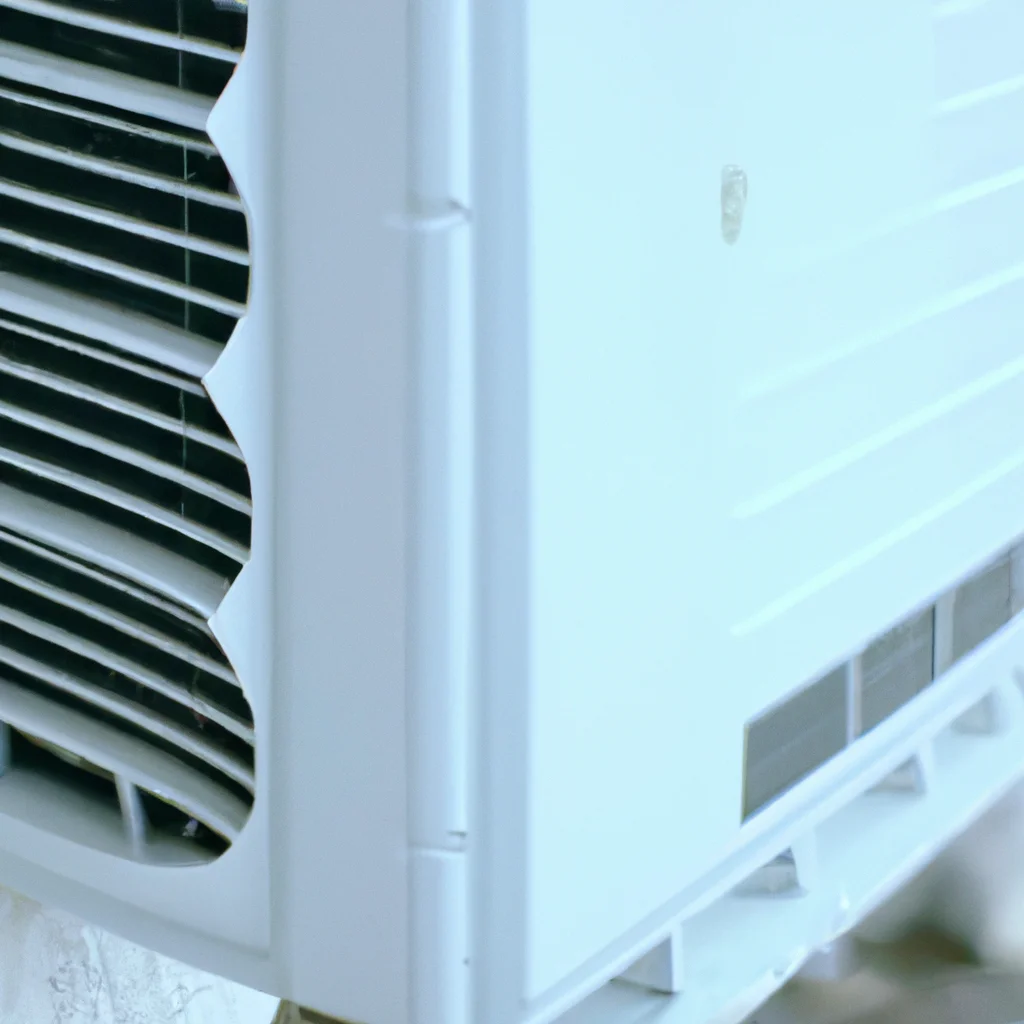How does a central air conditioner cool a house?


How does a central air conditioner cool a house?
Central air conditioners have become a staple in most modern homes. They help regulate the temperature by removing heat and humidity from the indoor environment. But have you ever wondered how a central air conditioner cools a house? In this article, we will explore how a central air conditioner works to cool your home. We will also cover some essential factors that affect the energy efficiency of your HVAC system.
How a Central Air Conditioner Works
Central air conditioners work by removing heat from the indoor environment and transferring it outside. It does this through a process called refrigeration. A central air conditioner consists of two main components, the outdoor unit, and the indoor unit.
The outdoor unit houses the condenser coil and the compressor, while the indoor unit contains the evaporator coil and the blower. The two units are connected by a series of pipes that transport refrigerant between them.
Let’s look at the step-by-step process of how a central air conditioner works.
Step 1: The Evaporator Coil Absorbs Heat
The first step in the cooling process is the absorption of heat from the indoor environment. The evaporator coil, located in the indoor unit, is responsible for this. The evaporator coil contains refrigerant, which is a chemical that can absorb heat.
As warm air from the indoor environment passes over the evaporator coil, the refrigerant absorbs the heat from the air. This cools the air, and the cooled air is then blown back into the indoor environment by the blower.
Step 2: The Compressor Increases the Pressure of the Refrigerant
After the evaporator coil has absorbed heat from the indoor environment, the refrigerant, now in a gaseous state, is transported to the outdoor unit. Here, the compressor increases the pressure of the refrigerant, which also increases its temperature.
Step 3: The Condenser Coil Releases Heat
The refrigerant, now in a hot and pressurized state, is transported to the condenser coil, which is located in the outdoor unit. The condenser coil is responsible for releasing the heat absorbed from the indoor environment to the outside.
As the refrigerant passes through the condenser coil, it releases the heat it has absorbed to the outdoor environment. This cools the refrigerant, and it returns to a liquid state.
Step 4: The Refrigerant is Cycled Back to the Indoor Unit
Once the refrigerant has released the heat it absorbed from the indoor environment, it is transported back to the indoor unit in its liquid state. Here, the refrigerant is once again ready to absorb heat from the indoor environment, and the cycle begins again.
Factors Affecting Energy Efficiency
Now that we know how a central air conditioner works, let’s look at some factors that can affect its energy efficiency.
SEER Rating: SEER stands for Seasonal Energy Efficiency Ratio. It is a measure of how efficiently an air conditioner can cool your home over a season. The higher the SEER rating, the more energy-efficient the air conditioner is.
Size of the Air Conditioner: The size of the air conditioner you need depends on the size of your home. A unit that is too small will have to work harder to cool your home, while a unit that is too large will use more energy than necessary.
Maintenance: Regular maintenance of your air conditioning system is essential for its proper functioning and energy efficiency. Dirty filters, clogged coils, and leaky ducts can reduce the efficiency of your HVAC system.
Conclusion
In conclusion, a central air conditioner cools your home by removing heat from the indoor environment and transferring it outside. The refrigeration process is responsible for this, and it involves the use of two main components, the outdoor unit, and the indoor unit.
To maintain the energy efficiency of your HVAC system, it is essential to consider factors such as SEER rating, size of the air conditioner, and regular maintenance. A well-maintained air conditioning system can help keep your energy bills low and ensure that your home stays cool and comfortable.
Recent Posts
How do I create an engaging and informative online quiz or assessment?
Creating an engaging and informative online quiz or assessment can be a powerful tool for… Read More
What are the most effective methods for managing and reducing work-related stress in the hospitality industry?
Work-related stress is a common issue in the hospitality industry, where employees often face long… Read More
How can I improve my assertiveness and communication skills in a leadership position?
In a leadership position, assertiveness and effective communication skills are crucial for success. Being able… Read More
What are the key elements of a successful employee recognition and rewards program?
Employee recognition and rewards programs play a crucial role in motivating and engaging employees, as… Read More
How do I effectively manage and respond to customer feedback and reviews?
Customer feedback and online reviews play a crucial role in shaping a company's reputation and… Read More
What are the best strategies for effective time management as a stay-at-home parent?
Effective time management is crucial for stay-at-home parents who juggle multiple responsibilities on a daily… Read More